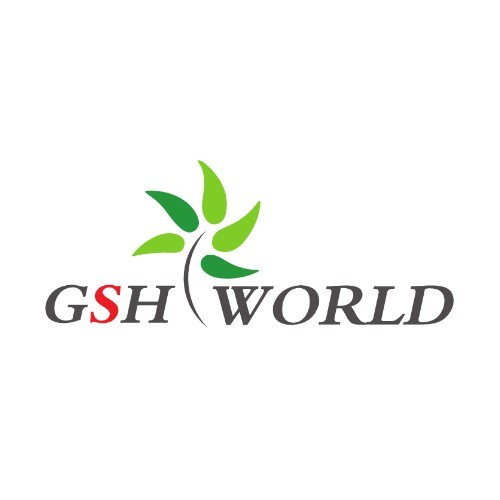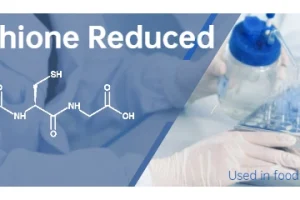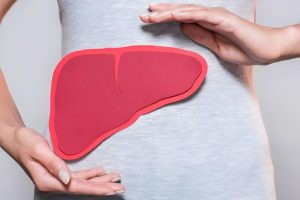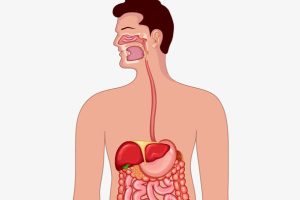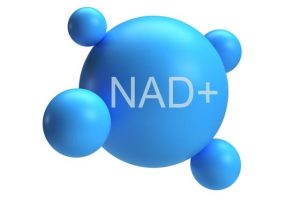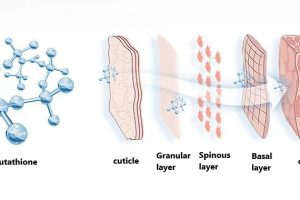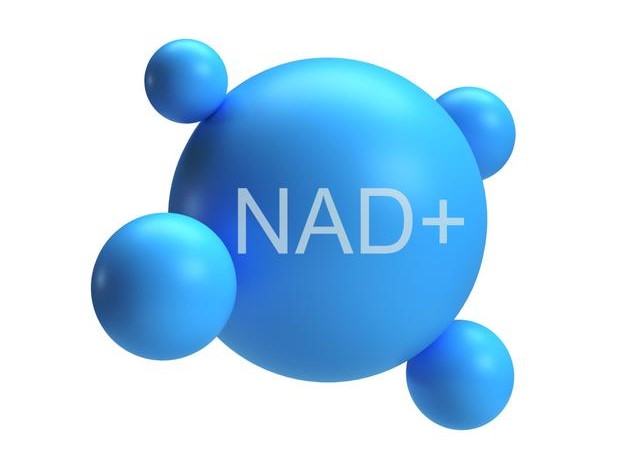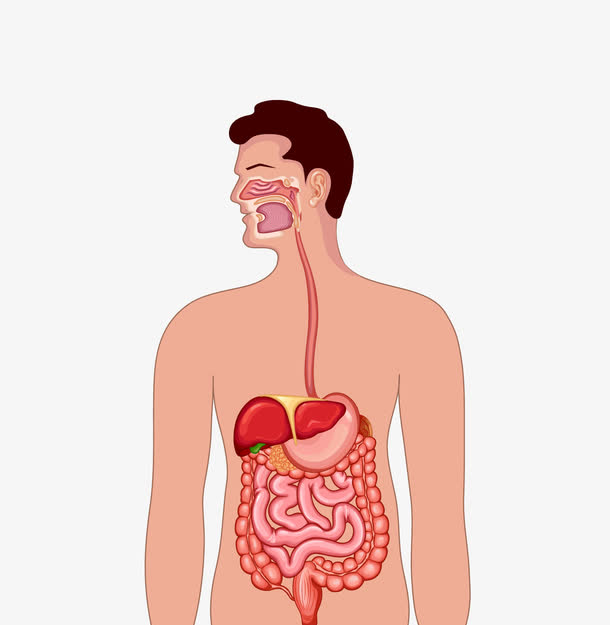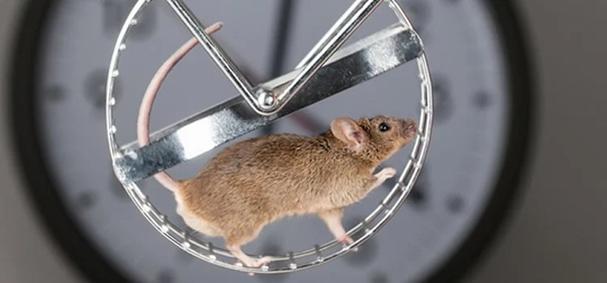One、History of NMN and NAD +
Nicotinamide adenine dinucleotide, or NAD, is one of the most important and versatile molecules in the human body. Because it is central to providing energy to cells, there is hardly a biological process that does not require NAD. As a result, NAD has become the focus of extensive biological research.
In 1906, Arthur Harden and William John Young discovered a “factor” in a liquid extracted from brewer’s yeast that enhanced the fermentation of sugars into alcohol. This “factor,” known at the time as “recognition,” was later shown to be NAD.
Harden and Hans von Euler-Cherpin went on to uncover the mysteries of fermentation. They were awarded the Nobel Prize in 1929 for their detailed understanding of these processes, including the chemical shape and properties of what soon became known as NAD.
In the 1930s, under the direction of another Nobel laureate, Otto Warburg, NAD’s story was expanded. Warburg discovered the central role of NAD in facilitating many biochemical reactions. Warburg discovered NAD as a kind of biological relay for electronics.
In 1937, Conrad Elvehjem at the University of Wisconsin-Madison and his colleagues discovered that NAD+ supplements treated the rough skin, or “black tongue,” in dogs. In humans, pellagra causes a range of symptoms, including diarrhea, dementia, and mouth sores. It stems from niacin deficiency and is now regularly treated with niacinamide, one of the precursors of NMN.
Arthur Kornberg’s research on NAD + in the ’40s and’ 50s helped him discover the principles of DNA replication and RNA transcription, two processes essential to life.
In 1958, Jack Preiss and Philip Handler discovered the three biochemical steps by which niacin is converted to NAD. This series of steps, known as a pathway, is today known as the Preis-Handler pathway.
In 1963, Chambon, Weill, and Mandel reported that niacinamide mononucleotides (NMN) provide the energy needed to activate an important ribozyme. The discovery paves the way for a series of major discoveries about a protein called PARP. PARP plays a crucial role in repairing DNA damage and regulating cell death, and its activity is related to changes in lifespan.
In 1976, Rechsteiner and his colleagues found convincing evidence that NAD + appeared to have “some other major function” in mammalian cells, in addition to its classical biochemical role as an energy transfer molecule.
This discovery enabled Leonard Guarente and his colleagues to discover that proteins called sirtuins use NAD to extend lifespan by differentiating the “silencing” of certain genes.
Since then, there has been growing interest in NAD and its intermediates, NMN and NR, because of their potential to improve a number of age-related health problems.
In December 2013, Professor David Sinclair of Harvard Medical School published in the world’s leading journal “Cell” the research results that the life span of mice was extended by 30% after one week of increasing the content of NAD+ in cells with NMN. It has been publicly confirmed for the first time that NAD+ precursor NMN can reverse aging and prolong life.
This study caused a stir in the world, and since then, NMN has started to ride the dust in the field of aging inhibition and aging intervention.
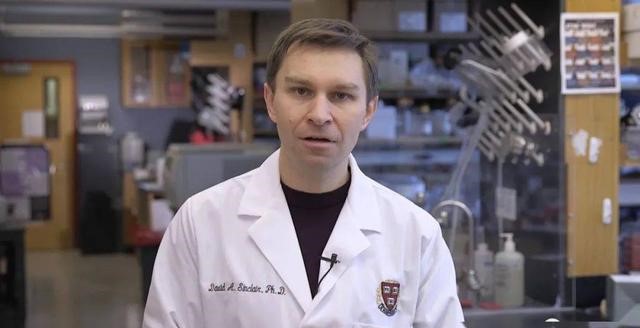
Up to now, more than 100 reports on NMN and its metabolite NAD+ have been published in three international authoritative journals, Nature, Science and Cell, demonstrating the remarkable effects of NMN in the fields of delaying aging, repairing DNA damage, regulating metabolism and protecting the heart.
On April 23, 2021, Science published the results of the world’s first human clinical trial of NMN, further confirming the safety and effectiveness of NMN in humans and becoming a milestone in the new era of human anti-aging.
Two、What is NMN?
NMN, full name: β-nicotinamide mononucleotide, alias: Nicotinamide single nucleotide, pH value is 3.0-4.0, is a naturally occurring bioactive nucleotide, exists in a variety of organisms, is also a cosmetic raw material, the color is white to yellowish, is a crystalline powder, no obvious odor, need to be dried at room temperature and stored away from light, the service life is 24 months, the chemical formula is C11H15N2O8P. It is a key intermediate in the synthesis of coenzyme I – NAD+.
NMN is an intrinsic substance in the human body and is also rich in some fruits and vegetables. Because niacinamide belongs to vitamin b3, NMN belongs to the category of vitamin b derivatives, which is widely involved in a number of biochemical reactions in the human body and is closely related to immunity and metabolism.
NMN increases the importance of NAD +
NAD + is the most abundant molecule after water and is necessary for life. NAD + is a coenzyme – the “helper” molecule that enzymes need to function.
Enzymes are special types of proteins that make chemical reactions faster. For example, without enzymes, some biological reactions would take 2.3 billion years to complete. Therefore, without enzymes, life could not exist.
Importantly, NAD + declines with age, as well as in cases of chronic diseases such as obesity, cardiovascular disease, neurodegenerative diseases, and sarcopenia (age-related muscle wasting).
Therefore, in this case, restoring NAD + levels with NAD + precursors such as NMN could potentially mitigate the adverse effects of aging and even prevent or reverse chronic diseases.
At present, a growing body of scientific evidence supports enhancing the anti-aging and longevity effects of NAD + in animal models and humans.
As David Sinclair, a Harvard geneticist and NAD + researcher, puts it, we lose NAD + as we age, “and the resulting decline in sirtuin activity, is thought to be the main reason why our bodies develop the disease when we are older rather than when we are younger.”
He believes that increasing NAD + levels, including NMN during aging, may slow or reverse some aging processes.
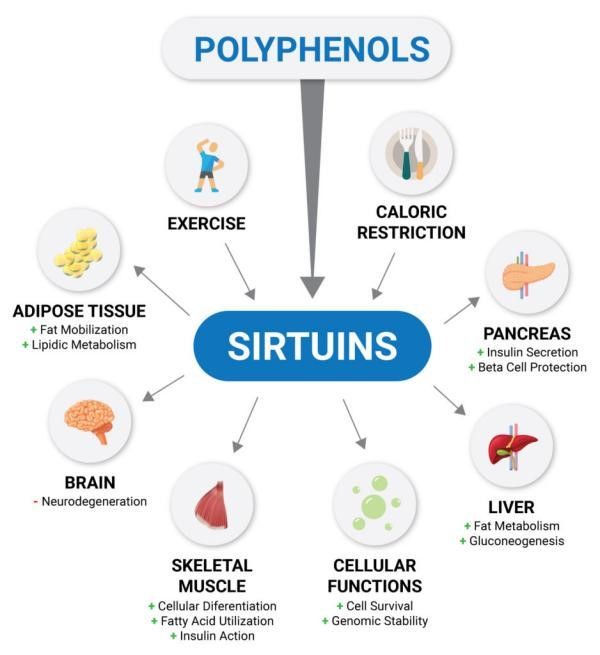
In addition to NMN, polyphenols – plant molecules that promote longevity, exercise and caloric restriction – eating fewer calories in the absence of malnutrition can also raise NAD + levels and activate sirtuins.
In addition to increasing cell survival and preserving DNA (genomic stability), sirtuins provide many benefits. Sirtuins prevent diabetes and fatty liver by improving pancreatic insulin secretion, promoting liver fat metabolism and increasing liver glucose production.
Sirtuins also prevent muscle loss, neurodegeneration, and increased fat tissue.
NAD + helps control DNA damage
As organisms age, they accumulate DNA damage due to environmental factors such as radiation, pollution, and imprecise DNA replication.
According to current theories of aging, the accumulation of DNA damage is the main cause of aging. Almost all cells contain “molecular mechanisms” to repair this damage. This machine consumes NAD + and energy molecules. As a result, excessive DNA damage depletes valuable cellular resources.
An important DNA repair protein, PARP Poly (ADP-ribose) polymerase, relies on NAD + for its function. The level of NAD -+ is decreased in the elderly.
The accumulation of DNA damage during normal aging leads to an increase in PARP, which leads to a decrease in the concentration of NAD +. Any further damage to mitochondrial DNA exacerbates this depletion.
Three、Why should we care about NAD +?
Since NAD + was discovered in 1906, the molecule has been on scientists’ radar because it is abundant in the human body and plays a key role in the molecular pathways that keep our bodies running.
In animal studies, boosting NAD + levels in the body has shown promising results in areas of research such as metabolism and aging-related diseases, and has even shown some anti-aging properties. Age-related diseases such as diabetes, cardiovascular disease, neurodegeneration and a general decline in the immune system.
Can NMN help fight COVID-19
As the coronavirus pandemic sweeps through cities and infects millions of people around the world, scientists are searching for safe and effective treatments. Geriatric biologists, who study the biology of aging, believe that treatments that target aging may offer a new Angle to tackle the epidemic.
Statistics show that COVID-19 disproportionately affects older people. About 13.4 percent of patients aged 80 and over died from the disease, compared with 1.25 percent for those in their 50s and 0.06 percent for those in their 20s.
A recent study by Oxford University analyzed 17.4 million British adults. Age is the most important risk factor associated with death from COVID-19. Other risk factors include being male, uncontrolled diabetes and severe asthma.
Given the virus’s harmful geravik properties in the elderly, some gerontologists claim that treating “aging” could be a long-term solution to protect the elderly from COVID-19 and other future infectious diseases.
Although more research needs to be done, a recent study marketed NAD + enhancers such as NMN and NR as one of the potential treatments.
Other scientists have also hypothesized that older adults may benefit from the longevity effects of NAD + and prevent overactivation of deadly immune responses known as cytokine storms, in which the body attacks cells rather than viruses.
According to a recent, unpeer-reviewed study, cells depleting NAD + in their fight against coronavirus weakens our bodies.
NAD + is the key to natural immune defense against viruses. The researchers behind this study are trying to assess whether NAD + boosters can help humans beat the epidemic.
As scientists race against time in the lab to find a cure for the novel coronavirus, doctors on the front lines have no choice but to turn to innovative technology.
As a last resort for treating patients, Dr. Robert Huizenga of Cedars-Sinai Medical Center injected an NMN cocktail with a booster like zinc to calm the cytokine storm caused by COVID-19. The NMN cocktail reduced fever and inflammation levels in patients within 12 hours.
During the influenza pandemic, NMN has received increasing attention for its role in maintaining the balance of the immune system and could be a possible way to treat the cytokine storm caused by the coronavirus.
Preliminary studies have shown some positive results, and while there is no guarantee of a cure, many scientists and doctors believe the effect of NAD + boosters on COVID-19 is worth investigating.
Four、Main functions and effects of NMN
1. Repair DNA:
NMN has been recognized for its role in repairing DNA, allowing damaged genes to code normally, thus avoiding cancer and gene mutations.
2. Anti-aging:
The anti-aging effect of NMN is very important, and many people attach great importance to it. It can supplement important substances for the body, increase the number of longevity proteins, and allow normal genes to be expressed, maintain normal functions between cells, and slow down the speed and process of cell aging.
3. catalytic activity energy:
Once NMN enters the body, it can help people produce some of the energy that the body needs, such as adding sugar and fat to the body, and also producing more protein, so that the body can maintain its needs.
4. maintain vascular regeneration ability:
NMN can help maintain some growth factors needed by cells, can promote the growth of capillaries, and can stimulate muscle growth, improve the function of blood vessels, and avoid some symptoms of aging.
5. Heart function:
Increasing NAD + levels can protect the heart and improve heart function. High blood pressure can cause the heart to enlarge and arteries to block, which can lead to stroke. In mice, the NAD + booster replenished NAD -+ levels in the heart, preventing heart damage due to lack of blood flow. Other studies have shown that NAD + enhancers can protect mice from abnormal heart enlargement.
6. Neurodegeneration:
In mice with Alzheimer’s disease, raising NAD + levels reduced protein accumulation, which disrupts cellular communication in the brain.
Increased cognitive function. When blood supply to the brain is insufficient, increasing NAD + levels also protects brain cells from death. Many studies in animal models have raised new prospects for helping the brain in healthy aging, defending against neurodegeneration and improving memory.
7. Immune system:
As adults age, the immune system declines, making it easier for people to get sick and harder to stay healthy. In recovery from illness, such as seasonal flu or even COVID-19, recent research has shown that NAD + levels play an important role in the regulation of inflammation and cell survival during immune response and aging. The study highlights the therapeutic potential of NAD + for immune dysfunction.
8. Metabolic disorders:
NAD + is one of the keys to maintaining healthy mitochondrial function and stable energy output. Aging and a high-fat diet can reduce the level of NAD + in the body.
Studies have shown that taking NAD + boosters can reduce diet-related and age-related weight gain in mice and improve their exercise capacity, even in older mice. Other studies have even reversed the effects of diabetes in female mice, demonstrating new strategies to combat metabolic disorders.
Its real effect can actually increase the level of anti-aging coenzyme NAD+ in the body by supplementing NMN, thereby helping us to improve the body’s metabolism and maintain our physiological age in a young and active state.
GSHWORLD is based on years of research and consumer feedback, and finally made a scientific composition of NMN, healthier and more comprehensive. The content is as high as 32000,1 grain 400mg high content, 99.9% purity, is currently the highest content of NMN products, one grain can meet the needs of a day.
On the basis of high purity NMN, PQQ, veratrol, glutathione, anthocyanin and other formulations were added to combine and cooperate with each other to improve the quality and quantity of mitochondria.
GSHWORLD uses fermentation + biological enzyme method to imitate the working process of catalytic enzymes in the human body to produce NMN, improve purity, green, safe and reliable, and will not cause damage to the human body and the environment. Catalytic reactions in different systems can be changed and adjusted to suit different reaction needs.
Supplement NMN belongs to our own endogenous substances, such as avocados, cauliflower content is better can be ingested, not foreign synthetic chemicals, is an essential substance to maintain life activities. After taking NMN for a period of time, NAD+ will accumulate to a high level, after stopping taking, the level of NAD+ will not immediately drop, the human body will metabolize from this high metabolic level first, and then gradually develop in accordance with the normal aging process, so it will not rely on, and you can continue to supplement when you feel poor energy and want to fight aging.
Studies have shown that taking NMN can increase the concentration of NAD+ in many parts of the body, including heart, kidney, liver, pancreas, testis, adipose tissue, skeletal muscle, eyes and blood vessels, etc., and the absorption and utilization efficiency of NMN is very high, and the level of NAD+ in the liver of mice can be significantly increased after taking NMN for 15 minutes.
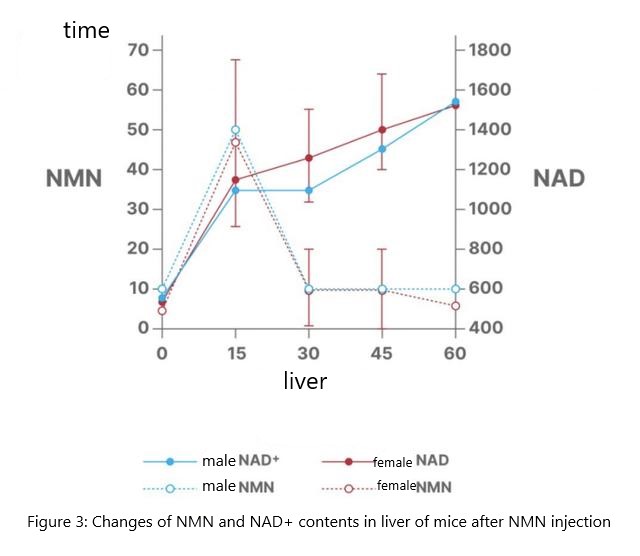
Safety and side effects of NMN supplements
In animal experiments, NMN has shown good safety, and human clinical trials of NMN are gradually carried out. And, as far as the current results are concerned, NMN is largely safe and non-toxic, even in high concentrations in mice and humans.
In addition, long-term (one year) oral NMN in mice did not show toxic effects, and the first human clinical trial also confirmed that a single dose of NMN supplements did not have toxic effects.
A study of Japanese men published in November 2019 noted that blood bilirubin levels increased slightly after taking NMN, but remained in the normal range.
Therefore, future studies continue to focus on the long-term safety and efficacy of NMN. NMN is not associated with any other known side effects.
Five、NMN is suitable for people
- 1. The elderly: used to help improve various age-related diseases;
- 2. Middle-aged people: eliminate or alleviate various sub-health problems, such as chronic fatigue, poor sleep, vision loss, etc.;
- 3. Stay up late: accelerate body recovery;
- 4. Candidates: improve the ability to withstand pressure and keep a clear mind;
- 5. High radiation dose: such as radiologists, nurses, air crew, improve the ability to repair genes damaged by radiation;
- 6. Cancer patients: Help patients repair genes after radiotherapy and chemotherapy, improve immunity, and speed up physical recovery;
- 7. Bodybuilders: accelerate muscle growth;
- 8. Athletes: improve energy level and reaction speed;
- 9. Drinkers: improve the ability to cure alcohol, protect the liver, repair damaged genes;
- 10. Smokers: reduce smoking addiction;
- 11. Depressed people: increase dopamine levels, improve mood, increase blood supply to the brain, and alleviate brain decline caused by depression;
- 12. Middle-aged and elderly women: improve skin health and delay skin aging;
- 13. Other persons who may be low in coenzyme I.
Six、Future of NMN
On January 28, 2023, the Health and Health Commission officially accepted NMN as a new food additive, and after NMN was approved as a new food additive, it proved that its safety and effect were recognized.
The research on NMN in Chinese market started relatively late, but after nearly two or three years of rapid development, NMN is in the stage of gradual standardization of the whole industry, rapid product update and iteration, and increasingly mature market.
With the improvement of the awareness of NMN, Chinese consumers have a more scientific and rational understanding of NMN related products, and Chinese regulatory authorities have also strengthened the supervision of their safety and functionality. The platform and regulatory authorities have joined hands to suppress the inferior and fake products that were originally flooded, so that the market can be purified, and the overall market development shows a steady and progressive trend.
In the face of the growing demand for anti-aging, NMN has become a new blue ocean in the big health industry.
References:
- 1.Vincenzo Carafa, Dante Rotili, Mariantonietta Forgione, Francesca Cuomo, Enrica Serretiello, Gebremedhin Solomon Hailu, Elina Jarho, Maija Lahtela-Kakkonen, Antonello Mai, Lucia Altucci. Sirtuin functions and modulation: from chemistry to the clinic. Clin epigenetics, 2016; DOI: 10.1186/s13148-016-0224-3.
- 2.Niels J. Connell, Riekelt H. Houtkooper, Patrick Schrauwen. NAD+ metabolism as a target for metabolic health: have we found the silver bullet? Diabetologia, 2019; DOI: 10.1007/s00125-019-4831-3.
- 3.Julia Evangelou. “Natural compound reduces signs of aging in healthy mice.” ScienceDaily.com. 27 October, 2016. Web. 16 January. 2020.
- 4.Henryk Jęśko, Przemysław Wencel, Robert P. Strosznajder, Joanna B. Strosznajder. Sirtuins and Their Roles in Brain Aging and Neurodegenerative Disorders. Neurochem Res, 2017; DOI: 10.1007/s11064-016-2110-y.
- 5.Ann Katrin-Hopp, Patrick Grüter, Michael O. Hottiger. Regulation of Glucose Metabolism by NAD+ and ADP-Ribosylation. Cells, 2019; DOI: 10.3390/cells8080890.
